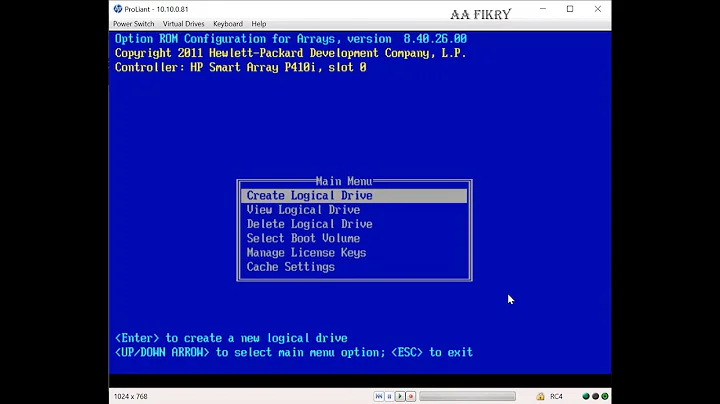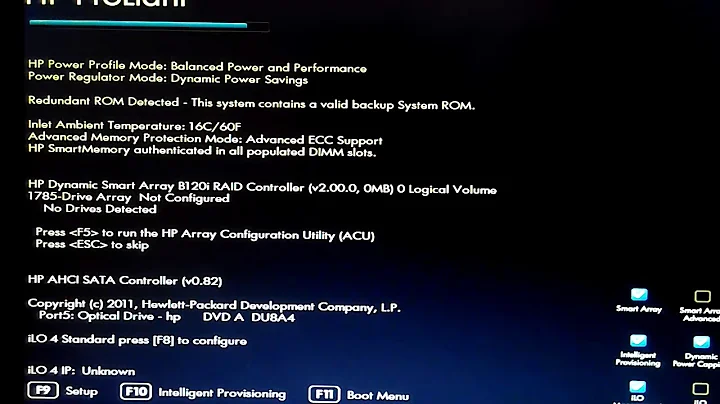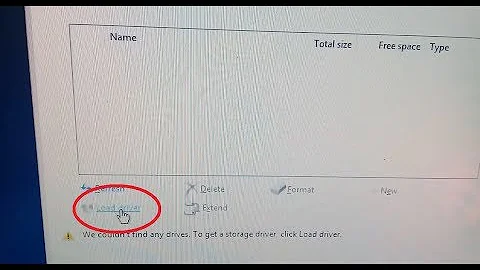Accidentally deleted wrong logical drive HP Smart Array P800 controller
This is a hard lesson. You really should not be managing HP logical drives from the BIOS utility. It's far too inflexible and isn't Operating System aware, like the Online Array Configuration Utilities for Windows and Linux. Those tools show the logical drive mount points and lock specific actions if the logical drive is mounted.
Furthermore, the BIOS utility is a two-step process that asks for F8 and an F3 confirmation step before deleting a logical drive.
For now, you should bypass the array recovery for now. Boot the system into the Array Configuration Utility offline CD
Boot it and you'll be able to check the status of your logical and physical drive arrangement and see exactly what your situation is. From there, you'll be able to see what the controller thinks is on disk.
There's a chance that matching your old settings would result in the right data if the logical drive is not detected.
Since you say the logical drive is detected, pressing F2 will do as the message says; attempt recovery. I'd really look at the HP ACU tool I linked above before doing that, though.
Related videos on Youtube
Stephen
Updated on September 18, 2022Comments
-
Stephen almost 2 years
I was tasked to do some rearranging on my company's HP Proliant storage server. In the p800 configuration utility I managed to delete the wrong logical disk, which was a 10 disk RAID 6 array. I'm just wondering if there's any way to recover that logical disk. When I boot up I'm given the options
Logical drive(s) disabled due to possible data loss. Select "F1" to continue with logical drive(s) disabled. Select "F2" to accept data loss and to re-enable logical drive(s) RESUME = "F1" OR "F2" KEY.I haven't chosen either. F2 sounds scary. I just wish there was a way to re-import the foreign configuration like on the Dell servers.
Can anyone help?
-
 ewwhite over 11 yearsThis depends entirely upon what you did immediately after deleting the logical drive. Was this in the BIOS utility?
ewwhite over 11 yearsThis depends entirely upon what you did immediately after deleting the logical drive. Was this in the BIOS utility? -
 ewwhite over 11 yearsLook at the BIOS messages and check the "logical drive count". You may have to F2 it.
ewwhite over 11 yearsLook at the BIOS messages and check the "logical drive count". You may have to F2 it. -
Stephen over 11 yearsIn the "available logical drive" screen it shows the logical drive there with a failed status. logical drive #3 Raid 6, 5588.8Gb, FAILED
-
Greg Askew over 11 yearsOne time I deleted an entire array on a ProLiant. I recreated it with the same values and the data was still there. Your mileage may vary.
-
Stephen over 11 yearsis there some software i can use you take an image of each individual drive that would give me some insurance in case i go to recreate it and it doesnt work?
-
HostBits over 11 yearsI've done the same as Greg before on a Proliant, and the data was still intact. It wasn't with a p800 controller though.
-
Stephen over 11 yearsdid either of you use this Select "F2" to accept data loss and to re-enable logical drive(s) option?
-
Greg Askew over 11 years@Stephen: I have not selected F2.
-
 Hennes over 11 years@Stephen, yes. You can create full disk images by using something like
Hennes over 11 years@Stephen, yes. You can create full disk images by using something likedd if=/dev/sda of=/storage/disk_image_number_1 bs=1M(replace sda with the right disk and change the output file name per disk). -
 ewwhite over 11 yearsNo, select F2 since it recognizes the array.
ewwhite over 11 yearsNo, select F2 since it recognizes the array. -
 ewwhite over 11 years@Hennes Smart Array controllers present logical drives as dedicated block devices... This particular controller would use the CCISS driver and not the normal Linux SCSI subsystem. If the drive were deleted, there wouldn't be anything available for a
ewwhite over 11 years@Hennes Smart Array controllers present logical drives as dedicated block devices... This particular controller would use the CCISS driver and not the normal Linux SCSI subsystem. If the drive were deleted, there wouldn't be anything available for addimaging process. -
 ewwhite over 11 yearsWell? What happened?
ewwhite over 11 yearsWell? What happened? -
Stephen over 11 yearsThe F2 option simply re-enabled the logical disk. In the operating system it appeared as an un-initialized disk with no volume(s). In the operating system i had access to the utilities you mentioned which simply indicated that the logical drive had failed and cannot be used.
-
 ewwhite over 11 yearsThere's a chance there's some ability to recover. The key tool is UFS Explorer.
ewwhite over 11 yearsThere's a chance there's some ability to recover. The key tool is UFS Explorer. -
Stephen over 11 yearsI was thinking of trying R-studio. Have any experience with that one?
-
 ewwhite over 11 years@Stephen UFS Explorer works well. See: serverfault.com/questions/469460/…
ewwhite over 11 years@Stephen UFS Explorer works well. See: serverfault.com/questions/469460/…
-




